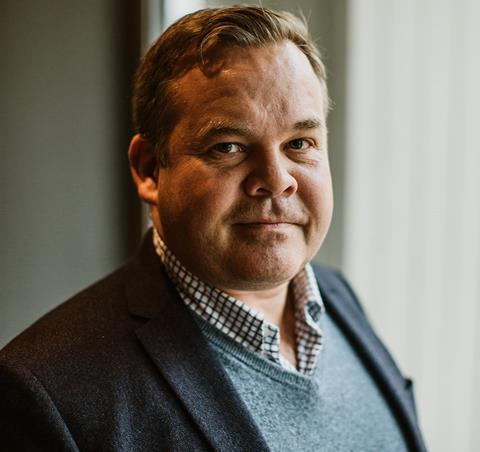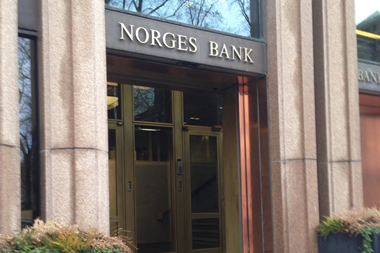Norway’s pension funds lobby has seized on criticism by the country’s financial watchdog of the way life companies manage legacy defined benefit (DB) pensions, saying it is time for different rules on how these products are run.
At issue are the tens of billions of euros held in the legacy DB pensions – “fripoliser” or paid-up pensions which are managed as standalone guaranteed products. Norway has long tried to reform laws around these notoriously low-yielding products to get higher returns for customers.
Individuals are left with fripoliser in Norway either when they leave a company, or when an employer changes the pension scheme, typically to defined contribution from DB.
Christer Drevsjø, chief executive officer of the Norwegian Pension Fund Association (Pensjonskasseforeningen), wrote in a column: “Perhaps it is time for a debate about the management of fripoliser, but it is also time for different rules for the management of these paid-up policies based on whose interest is being served.
“Is the goal to protect the paid-up policy or the shareholder in the life insurance company?” he asked in the article published last week in business daily DN.
He cited recent criticism from the Norwegian Financial Supervisory Authority (Finanstilsynet, FSA) of the way life insurance companies made heavy use of bonds accounted for at amortised cost – with valuations based on original agreed cash flows as opposed to market value – in the investment mix behind paid-up policies.
“The companies use it on a large scale, and the inspectorate raises questions about whether this is beneficial for the paid-up policy owners,” he said.
Drevsjø said his membership, private pension funds, only used this type of asset to a very small extent, with only half doing so – and then to a tenth the extent of the life firms.
“This is a lot about ability and will,” he said, adding that the watchdog’s criticism was not directed at the pension funds.

Last summer, legislation was agreed on guaranteed pension products – including fripoliser – introducing a new buffer fund for private occupational pensions, which should allow providers to take more investment risk, e.g. invest more in shares.
But just before Christmas, the FSA wrote to all life insurers telling them the change, which took effect on 1 January this year, had to facilitate better competition in the market for such pension products and contribute to higher expected returns by giving suppliers greater scope for risk-taking.
It noted that 66.3% of assets behind life insurers’ private pension agreements at the end of the third quarter 2023, were in interest-bearing securities accounted for at amortised cost, and that company strategies could indicate they planned to hold more such assets in the future.
These assets reduced providers’ risk linked to the annual return guarantee because the yield was locked in at purchase as a fixed annual return, the authority said, adding: “For pension customers, this means that the prospect of a return on the pension assets beyond that the guaranteed interest rate is significantly reduced.”
“The work on the regulations for guaranteed pension products was based on the changes being for the customers’ benefit,” it said.
Drevsjø said pension funds have on average 42% equity in the portfolios behind fripoliser, in contrast to the average equities allocation of between 6% and 9% for life insurers.
IPE has asked Finance Norway, the financial sector lobby group representing life insurers, for comment.
Read the digital edition of IPE’s latest magazine


































No comments yet